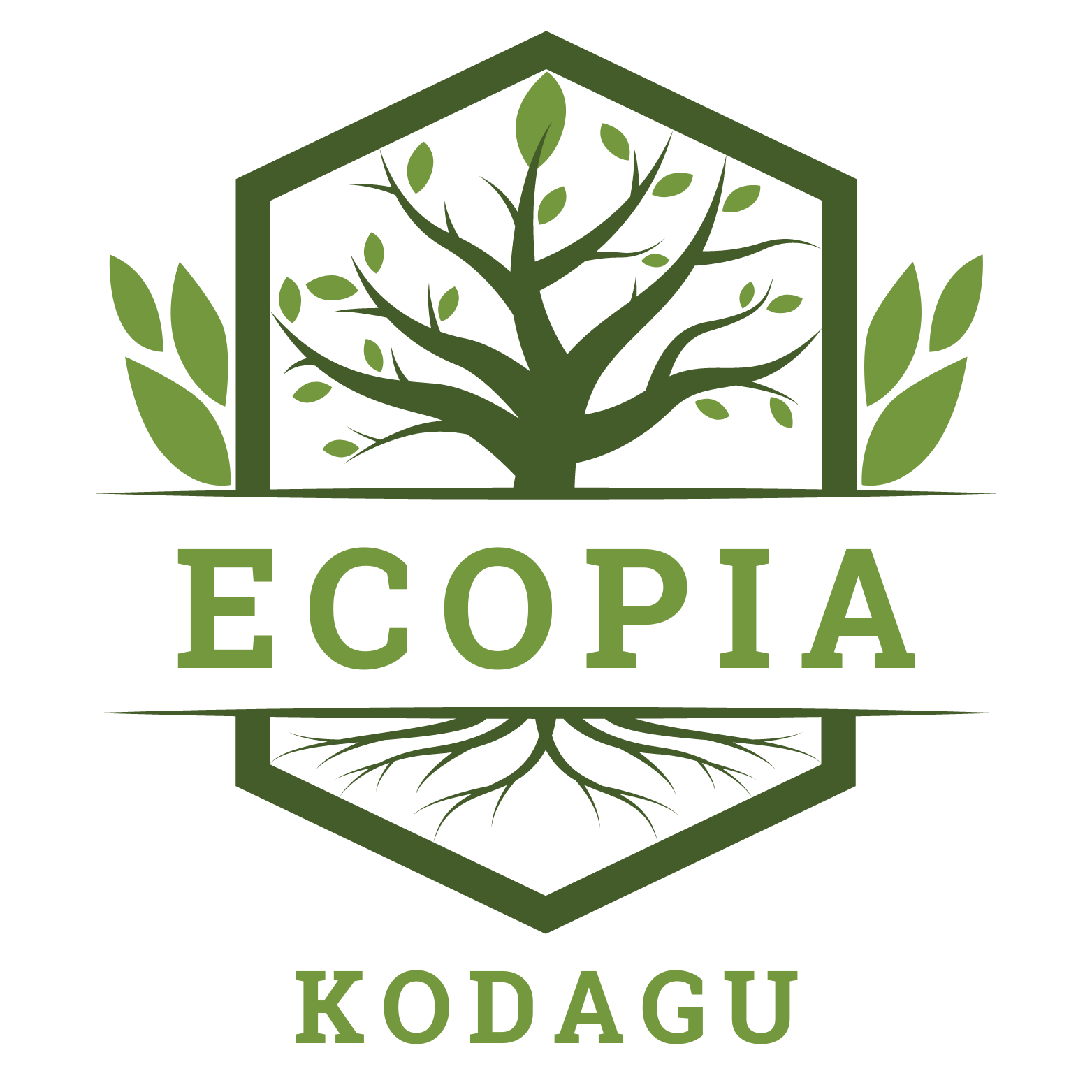About Coorg
Discover the Beauty of Kodagu
Coorg is a landlocked district in the state of Karnataka, officially known as Kodagu. The district is spread across an area of 4,102 square kilometers. Area-wise, Coorg is bigger than the state of Goa.

Most of the area in Coorg is hilly and covered with forests and plantations. Coffee plantations are the most visible part of Coorg. Only Kushalnagar town and the areas around it are in the plains (flat land); the rest of Coorg is mountainous, with hills and valleys crisscrossing the landscape. Coorg has an average elevation of around 3000 to 5000 feet above sea level.
This abundant rainfall has resulted in lush forest growth that is typical of the Western Ghats mountains. A drive through the thoroughfare certainly will reward one with the natural scenic beauty of canopies of trees and expansive scenery of the mountains.
The trees are spread widely, opening up patches of grassland. Big timber trees like rosewood, mathi, and teak dominate the areas of the forests where the undergrowth is dense and rainfall is high. The areas of the forests that are drier provide a home for the shorter trees like the Flame of the Forest, bamboo, Indian Laburnum, and Dindalu.
Coorg has four main types of vegetation. The evergreen forests of the north and west, the Moist deciduous and dry deciduous forests in the central and southern parts of the district, and isolated evergreen or shola forests are found nestled between the folds of the mountain slopes, which are covered by grasslands.
It has three wildlife sanctuaries: Brahmagiri Wildlife Sanctuary, Talakaveri Wildlife Sanctuary, and Pushpagiri Wildlife Sanctuary, and one national park, Nagarahole or Rajiv Gandhi National Park. Among these, Pushpagiri is located in the northern part of Coorg and has rare and endangered flora and fauna. In fact, it has been designated as one of the most important bird areas in the world.
